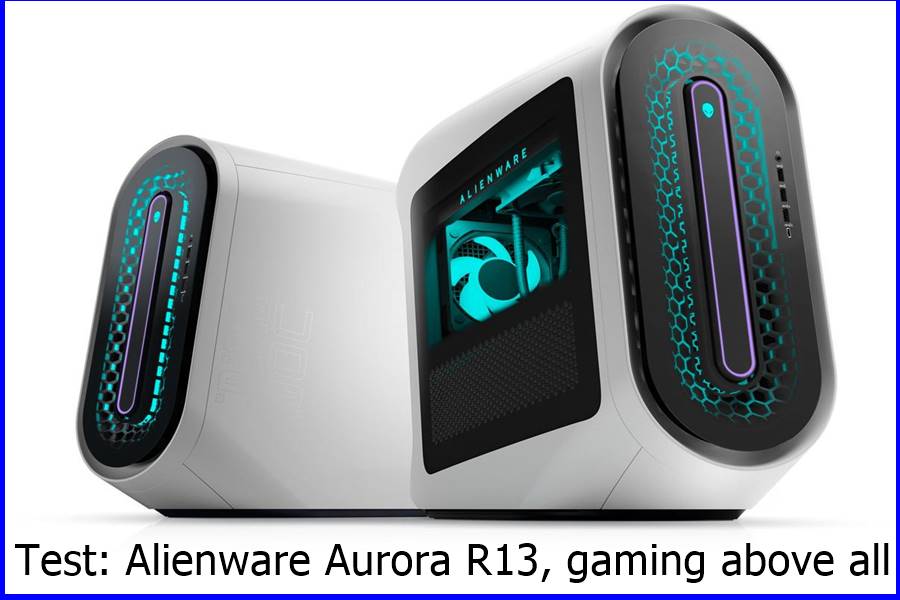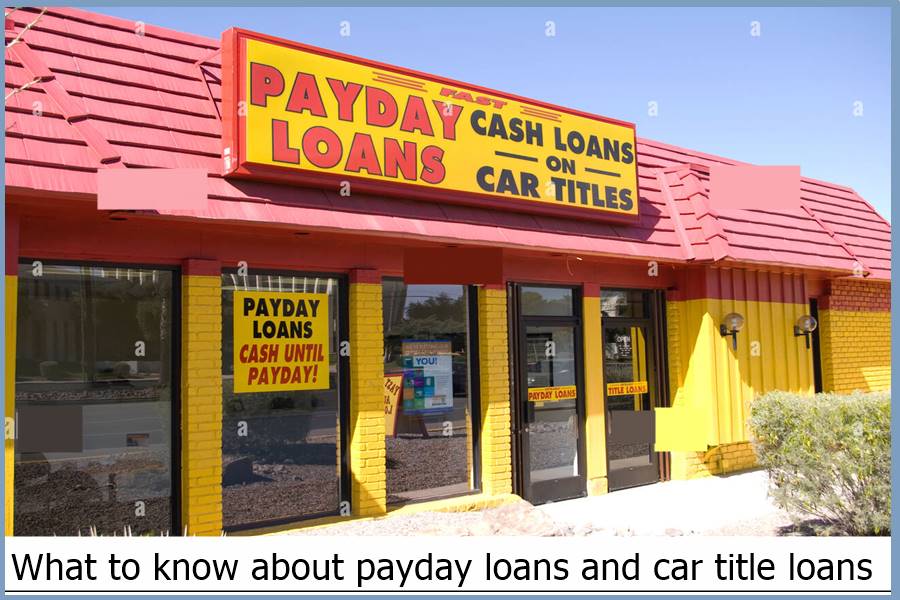How To Fix A Furnace That Doesn’t Work Yourself
HOW TO FIX A FURNACE THAT DOESN’T WORK YOURSELF
Related Tips
- guides
- Building mechanic
- Heating and air conditioning
Losing heat in our homes in the winter is disconcerting. Having a reliable heating system, and even a backup heating system, can help you rest easy. If your furnace isn’t working, try this…
How to lower the flow rate of a heating system with an electric furnace? Is it normal for the furnace to help my heat pump supply on demand? What should I do if my furnace works non-stop and the temperature does not rise? Why won’t my furnace fan stop? How to calibrate the furnace? …many of you ask questions about your furnace’s operation or the malfunction.
Do you want to reduce your energy consumption?
Could you participate in our training?
Several things cause a heater to stop working, malfunction, or only deliver cold air. Here are some easy do-it-yourself (DIY) furnace repair tips that will make your furnace efficient without calling a heating, ventilation, and air conditioning (HVAC) professional or technician. This is at least a starting point, saving you from paying someone to tell you that your thermostat is set too low.
What if a furnace only blows cold air?
It is normal for the furnace to sometimes push out cold air. This means it goes into defrost mode (it heats the outside to prevent frost from settling, thereby air-conditions the inside). This is a normal mode of operation, more frequent as it gets colder. On the other hand, if it only pushes cold air, this is not normal.
An incorrectly set thermostat is the most common problem that prevents a heating system from working properly. Ensure the temperature is high enough to turn it on, the thermostat is set to “heat”, and the fan to “auto”. If that doesn’t fix the problem, the next cause is probably the filter.
Dust and dirt restrict air circulation. If the heater filter is clogged, it will slow the air movement enough that warm air that should have arrived at its destination with normal air pressure has cooled before arriving. Also, the boiler heat exchanger can overheat and shut down too quickly by preventing air circulation.
Electric furnaces can also stop working!
What if a furnace fan keeps running?
When a heater’s fan doesn’t stop, the first thing to check is that the thermostat is set to ON and not AUTO. If not, the most likely cause is a faulty relay or the failed furnace component. This is not something the average homeowner can fix; you will need to contact an HVAC professional.
In a poorly insulated and sealed house, the furnace fan can always operate to maintain the desired temperature. In such a case, simple waterproofing work (and longer-term insulation work) will help reduce your energy bill.
What to do when a furnace is noisy or emits “clicks.”
If a heater works fine but makes more noise than before, check to see if the access panel is secure. Over time, the screws may loosen due to vibration from normal operation, or they may not be tightened properly. Check to see if any of the access panel screws appear loose and retighten them; this could be the source of the problem.
If the access panel is not the cause, the noise may come from the supply fan. The fan is held in place by one or two set screws. These can loosen over time, and if the fan is not properly secured, it will rattle. The same quick fix is possible; check the screws, retighten them if necessary, and see if that makes a difference.
If these solutions don’t work, check for debris stuck inside the fan that could impede its movement. The next most likely cause is worn fan bearings.
Over time, bearing wear can cause a metal-on-metal squealing or noise like a diesel engine idling. This noise may be intermittent at first, but it may become more frequent and increasingly unbearable over time. You can only do a little, whether you or a professional doing the work. Only replacing the motor can solve this problem.
The furnace squeaks because of a belt.
Some heaters have a belt-driven motor that can wear out over time and start to squeak, much like a car’s alternator belt will. If the belt is out of alignment or slipping, you can fix it by adjusting or tightening it. If tightening it doesn’t solve the problem, you may need to adjust its position. This is the perfect time to take it out and clean it. Only do this if it’s part of your general knowledge and you have the right tools, and make sure the boiler is turned off.
Is the furnace not working? Easy, do-it-yourself repairs are possible…
What to do if a furnace does not work at all?
If your furnace is not blowing air, you must determine why it is not turning on. As mentioned above, the first thing to check is the thermostat; ensure it’s not just programmed to be “off”. Ensure it is set to “/chauffeur/heat” and the fan to “auto”.
If that’s not enough, look in your electrical panel to see if the fuse or circuit breaker has blown. If your electrical panel has fuses, you can find an identical fuse in the panel and swap it out for a while for troubleshooting. If it starts to work, you know you need a new fuse.
If your electrical panel has a circuit breaker, first check that it is not tripped, but turn it off and on anyway, as this could reset it. Next, locate the furnace power switch, which is likely on the side of the furnace, and ensure it is on in case it was accidentally turned off.
Some units have a switch that prevents the furnace from operating when the blower door is not properly sealed. So you can open it, locate the switch if there is one, and make sure it moves freely and is activated when you put the door back on.
Repairing a High-Efficiency Furnace That Doesn’t Work
High-efficiency condensing furnaces generate water as a by-product and are equipped with a pump to evacuate this water. An overflow safety switch is probably wired to the furnace that will shut it down if the pump fails. There should be a small reservoir you can pour water into to check that the pump is working.
Check Safety Switches on Modern Furnaces
Modern furnaces are equipped with safety switches that place the unit in lockout mode and shut it off when it is unsafe to operate: flame sensor, pressure switch, flame out switch and end switch race. If one of these switches is tripped, the furnace will try to start several times, but if it fails, it will go into full lockout mode, possibly for an hour or more.
You will need your device’s manual to determine which system is malfunctioning. There is no easy fix that we can recommend, as this is where you will likely need to contact a professional. There’s always a chance you can get help with a minor problem over the phone, and having your manual handy and some information to offer a service person would be helpful. And could be the difference between a quick fix and waiting for a service call.
Faulty gas furnace gas valve
One last important thing – if you are repairing a faulty furnace that runs on gas or propane, be careful: do not attempt to repair gas parts, such as the valve or pilot light. Leave that to a certified professional.
And if you smell rotten eggs or hear the hiss of escaping gas, it could be a natural gas leak which can be very dangerous:
- Stop what you are doing. Do not use your cell or landline phone, smoke; light matches, manipulate electrical switches or create any other source of ignition.
- Exit immediately. When leaving, leave the door and any windows that may already be open behind you.
- Report the incident. Once outside, call 911, your local emergency number, and your gas supplier’s 24-hour emergency line.
- Please turn off the gas valve at the meter outside so you are sure you know what it is and where it is.
- Stay outside, tell the office if you have turned off the gas valve and stay outside until you are told it is safe to return.
Is it normal for the furnace to help the heat pump supply on demand, even in mild weather?
The switch is probably incorrectly installed or poorly calibrated if you are on dual energy (the preferential rate at Hydro-Québec). You will then have to contact Hydro-Québec.
More likely, you have two heating systems, but without dual energy. In this case, the two systems can operate simultaneously if, for example, your heat pump is not powerful enough to supply your heating needs on its own.
How does auto insurance work in Canada 2023 ?
Furnace buying guide
Category: Heating and air conditioning
What you need to know before shopping for your new furnace
The purchase of a furnace (hot air generator) deserves a certain investment in shopping time: it is important to properly assess your needs and consult one of our advisors, who will be able to offer a device that complies with your specifications in addition to offering the best possible energy efficiency.
There are various types of furnaces on the market:
- Electrical
- gas
- Propane
- in oil
- In the woods
The choice will depend on the energy sources available, but the most popular, the most efficient in terms of energy saving and the most ecological remain electric and gas furnaces.
Electric furnaces
Electric furnaces heat the air by electrical resistance (elements). A fan then forces the air through the ductwork to heat all rooms in the house. A furnace equipped with an electronically commutated motor (ECM) offers better performance and greater comfort since it modulates ventilation according to heating needs, thus allowing precise consumption and energy management.
Gas furnaces
The gas furnace is also a forced air system. Supplied with natural gas and outside air, it consists of a burner, an exchanger and a fan. The burner carries out the combustion of the gas, whereas the exchanger recovers the heat of the fumes resulting from the combustion to mix it with fresh air and heat it. The fan then forces the hot air into the network of ventilation ducts.
Advantages of heating with a furnace
Electric furnace
- Does not emit any dangerous particles or soot into the air;
- Does not require the installation of an exhaust chimney;
- Requires minimal maintenance;
- Is quiet and very reliable;
- Has an approximate lifespan of 20 years.
Gas furnace
- Properly maintained and tightly fitted, produces no soot, dust, black smoke or ash;
- It is extremely safe and effective due to current design methods;
- The cleanest fossil energy powers it.
The lifespan of a furnace
All the specialists will say it: the lifespan of the devices depends strongly on the maintenance carried out over the years. In the case of a gas furnace, the lifespan can reach 15 years if it has been regularly maintained. Because it is easier to operate, an electrical device can achieve at least 20 years of loyal service if it has also been well maintained.
Maintenance of your furnace
Electric furnaces require minimal maintenance. However, it is recommended to call a certified contractor for annual maintenance, which will include cleaning or replacement of the filter and maintenance of the fan.
Where to start advertising a flower shop 2023
Onyx vs. Granite Countertop Pros and Cons 2023
A warm and cozy winter with blankets and plaids 2023
How Credit Repair Works in Canada in 2023
HOW TO FIX A FURNACE THAT DOESN’T WORK YOURSELF


